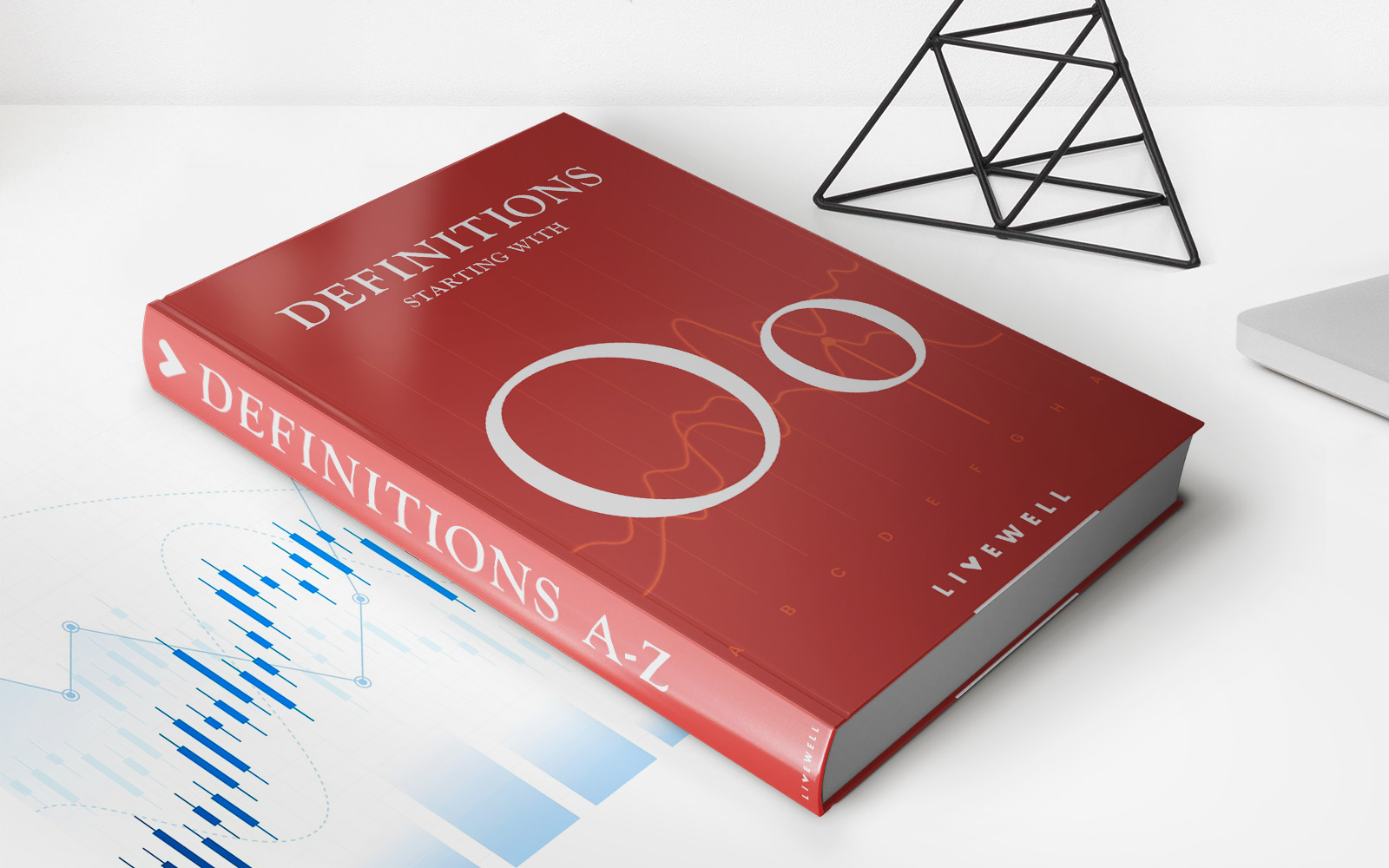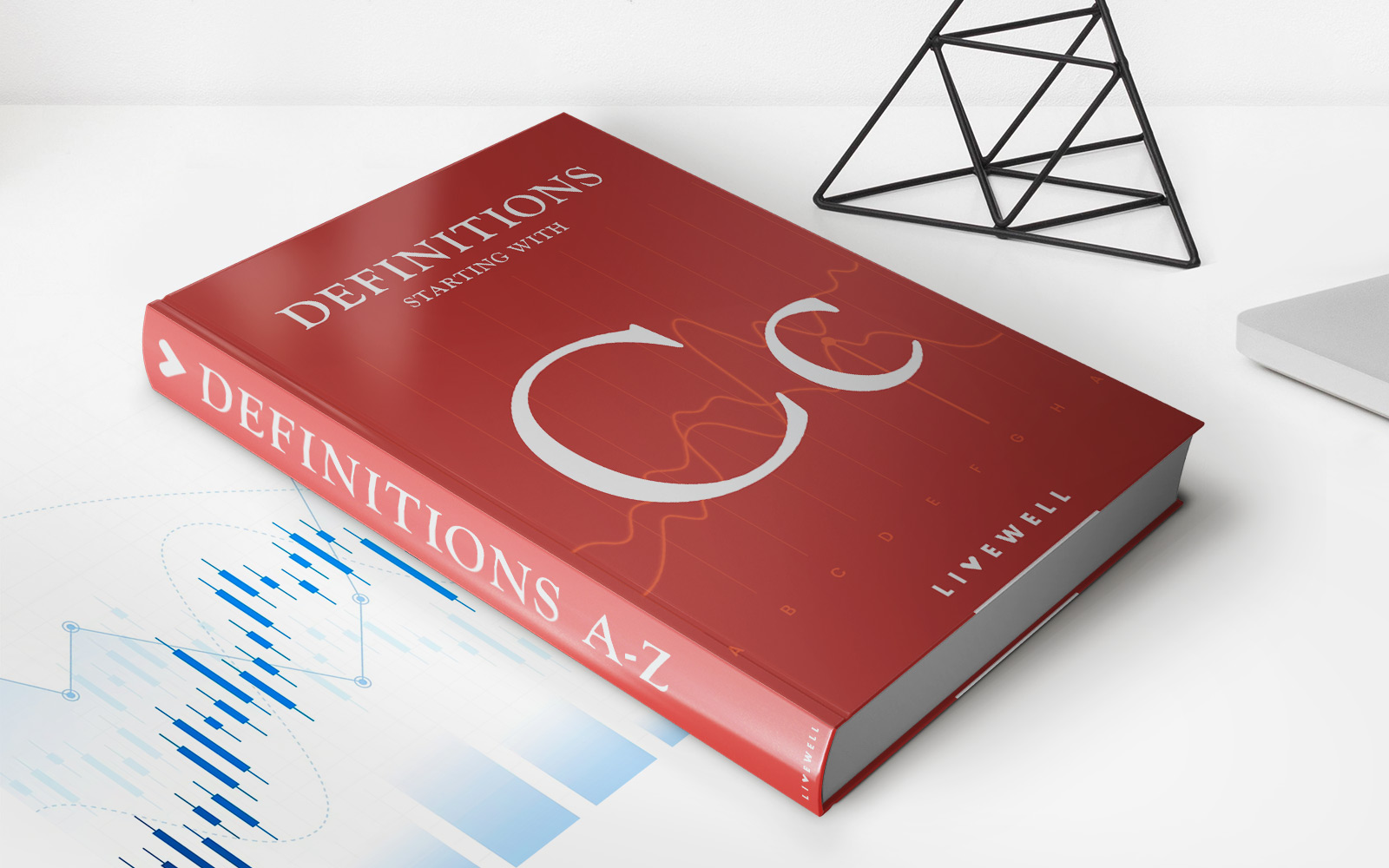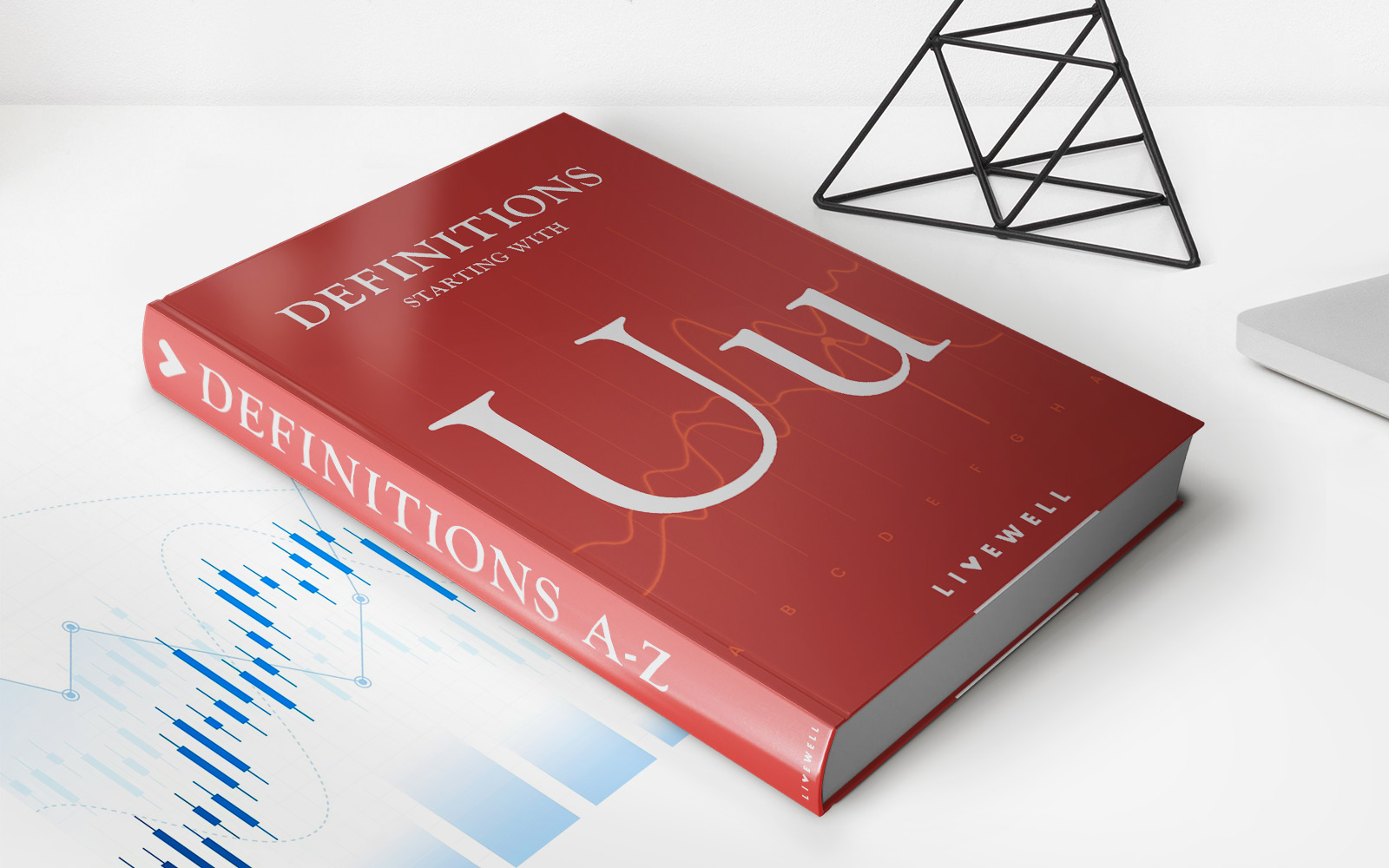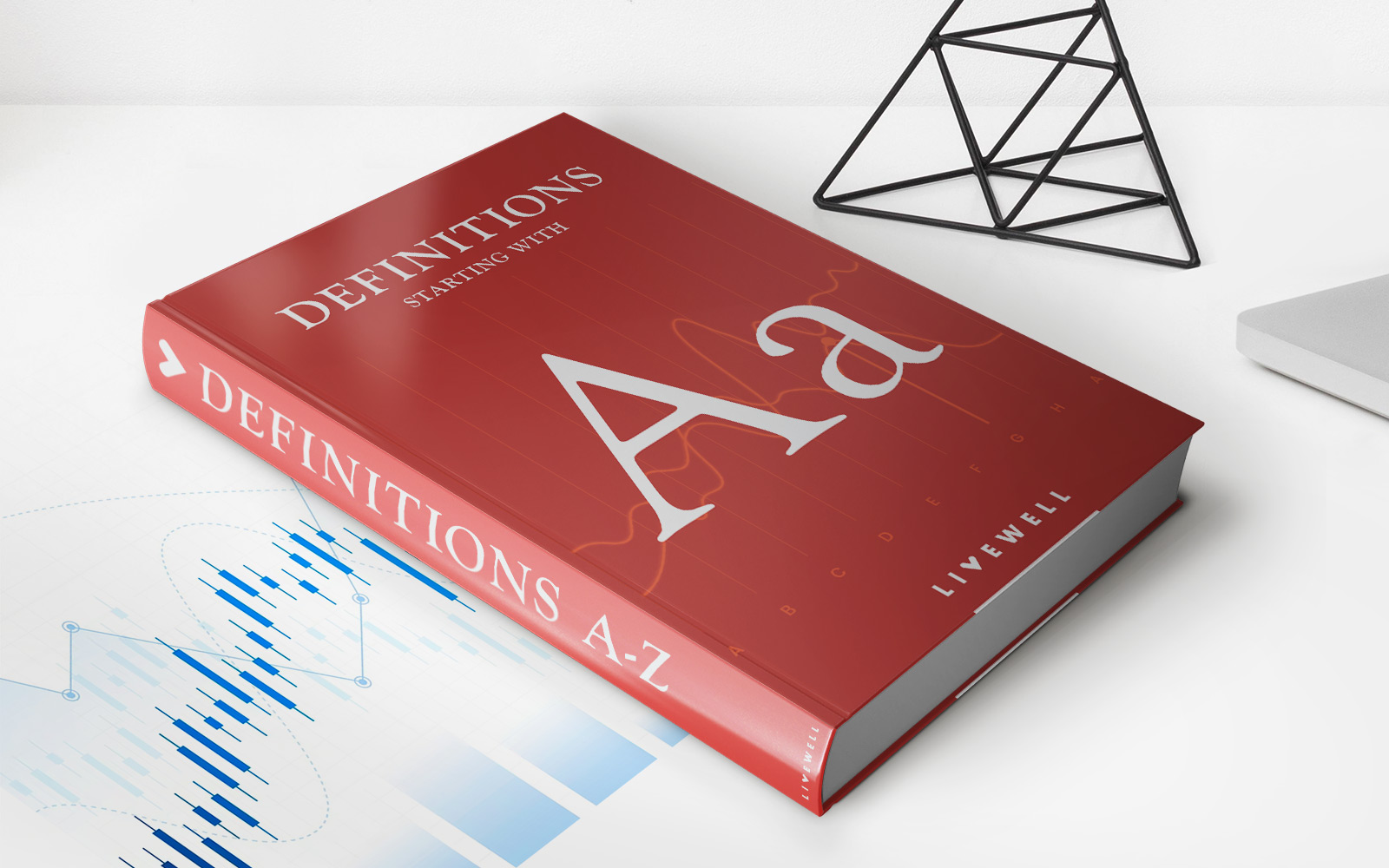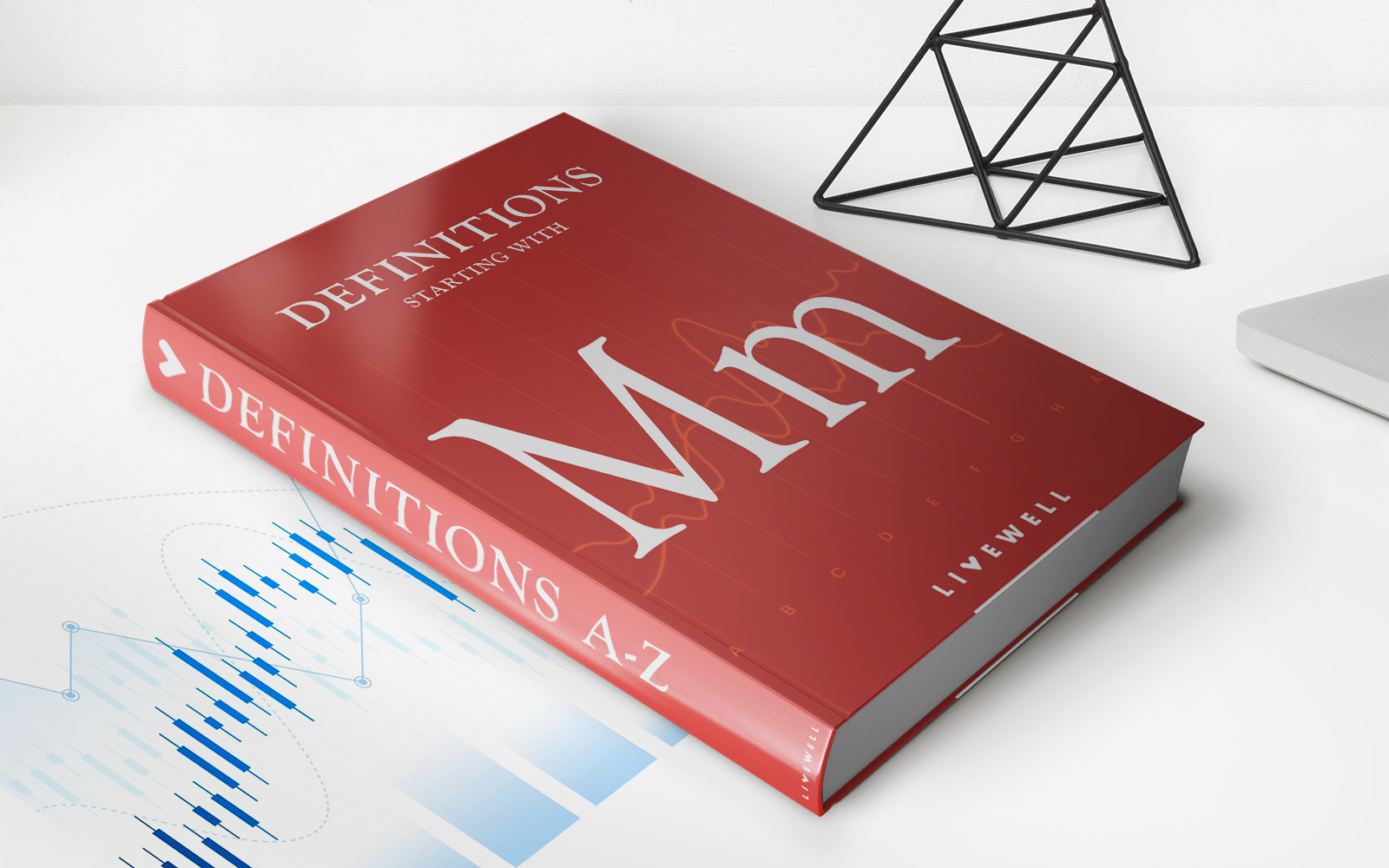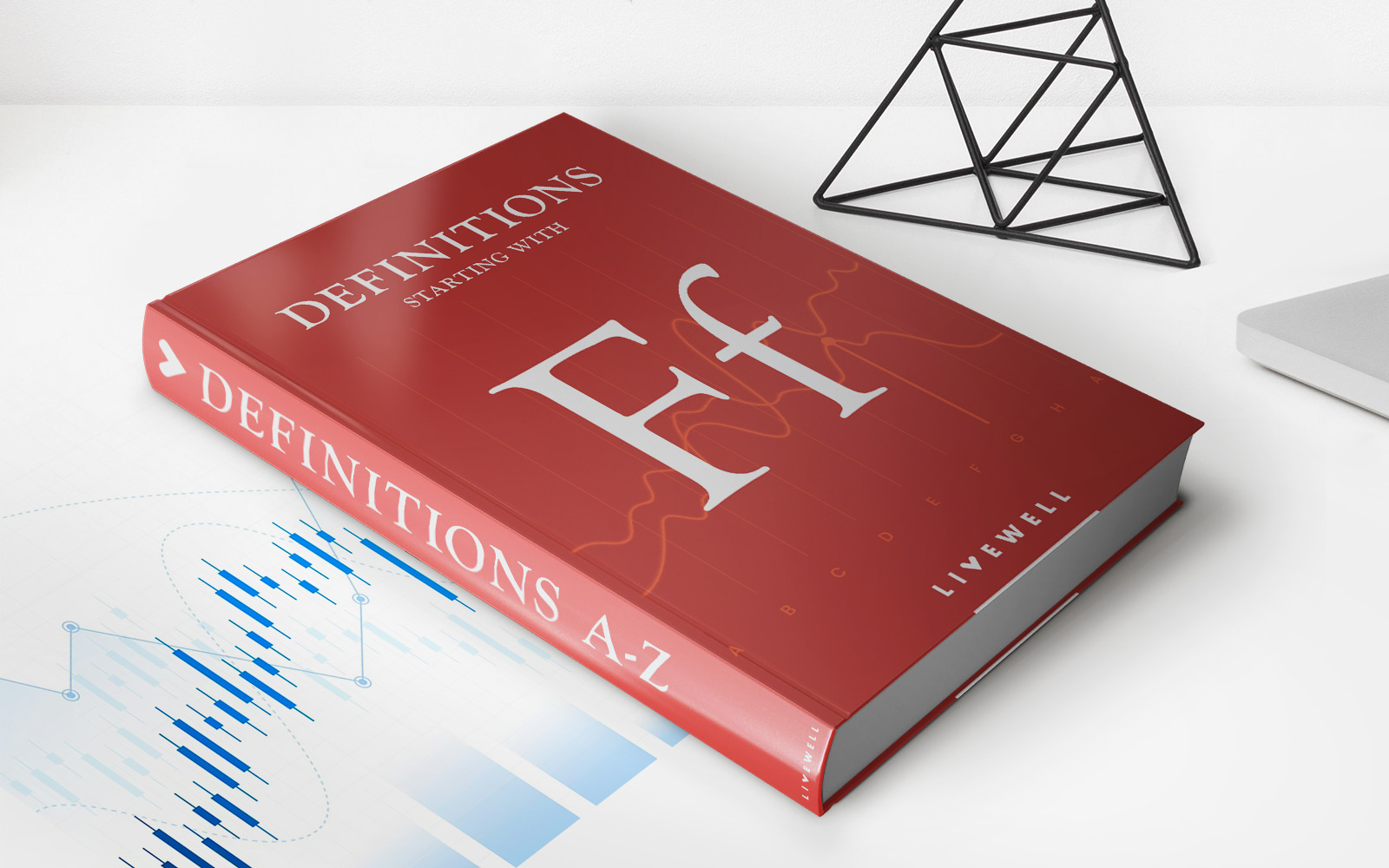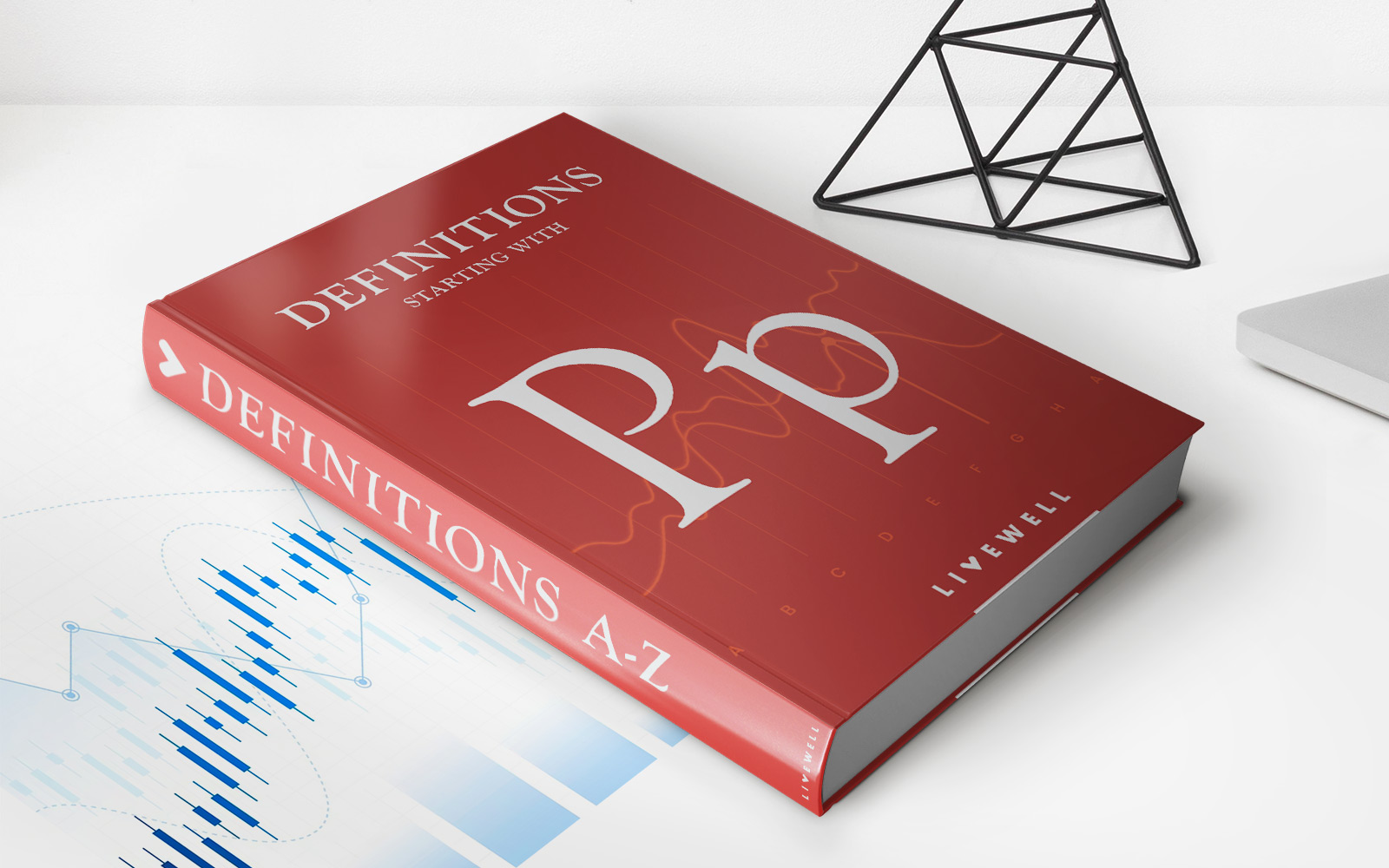

Finance
Biflation: Definition, Causes, And Example
Published: October 16, 2023
Discover the concept of biflation in finance, including its definition, causes, and an insightful example, highlighting its impact on the economy.
(Many of the links in this article redirect to a specific reviewed product. Your purchase of these products through affiliate links helps to generate commission for LiveWell, at no extra cost. Learn more)
Welcome to the World of Biflation: A Revolution in the Financial Landscape
Have you ever heard of the term “biflation”? Perhaps you’ve come across it in a finance article or heard it mentioned in a conversation. But what exactly does biflation mean, and why is it important? In this blog post, we will explore the definition, causes, and provide a real-life example of biflation, shedding light on this fascinating phenomenon in the world of finance.
Key Takeaways:
- Biflation refers to a unique economic situation where both inflation and deflation occur simultaneously in different sectors of an economy.
- The causes of biflation can vary, but typically result from imbalances in supply and demand, technological advancements, or changes in government policies.
Understanding Biflation:
In its simplest form, biflation is an economic state that presents a paradox. It occurs when certain sectors of an economy experience inflation, characterized by rising prices, while other sectors experience deflation, marked by falling prices. This dualistic phenomenon challenges conventional wisdom, as inflation and deflation are often perceived as mutually exclusive.
Imagine a scenario where the price of housing, education, and healthcare continue to rise, while consumer electronics, apparel, and certain commodities become more affordable. This contrasting price behavior characterizes the essence of biflation. It’s like having two opposing forces pulling the economy in different directions, creating a unique set of circumstances that economists and policymakers need to navigate.
The causes of biflation are multifaceted. One common factor is imbalances in supply and demand. For example, if there is a sudden surge in demand for certain goods or services, prices may rise due to limited supply. At the same time, advancements in technology and productivity may create excess supply, pushing the prices of other goods or services down.
Changes in government policies can also lead to biflation. Governments often implement measures to boost specific sectors of the economy, such as providing subsidies or tax incentives. These interventions can lead to inflation in the supported sectors while other sectors experience deflation due to reduced demand or competition.
An Example of Biflation in Action:
To illustrate the concept of biflation, let’s look at the Japanese economy in the 1990s and early 2000s. During this period, Japan experienced a prolonged period of deflation, characterized by falling prices and sluggish economic growth. The bursting of Japan’s asset bubble in the early ’90s triggered a deflationary spiral, as consumers and businesses cut back on spending, causing prices across various sectors to decline.
However, it’s essential to note that while deflation was widespread, certain sectors in Japan’s economy were undergoing inflation. One prime example is the real estate market in Tokyo. Despite overall deflation, the demand for prime properties in Tokyo remained strong, driving up prices and creating a distinct inflationary trend within one sector of the economy.
This situation perfectly encapsulates the concept of biflation, as Japan experienced deflationary pressures across most sectors, while simultaneously witnessing inflationary pressures within specific sectors.
In Conclusion:
Biflation is a fascinating economic phenomenon that challenges our traditional understanding of inflation and deflation. Understanding the causes and effects of biflation can provide valuable insights for economists, policymakers, and investors, enabling them to navigate the complex and ever-changing dynamics of the financial landscape.
- Key takeaway 1: Biflation occurs when inflation and deflation coexist within different sectors of an economy.
- Key takeaway 2: Biflation can be caused by imbalances in supply and demand, technological advancements, or changes in government policies.
By keeping an eye on biflation, professionals and individuals can adapt their strategies and better position themselves in the face of evolving economic trends. So, embrace the term, ponder its implications, and stay ahead in the world of finance!
